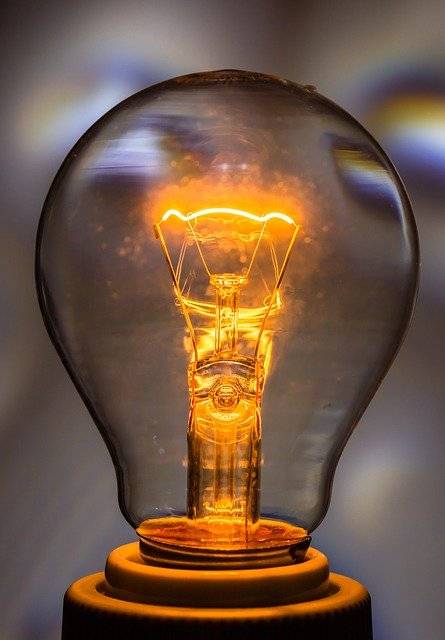We all are familiar with the concept where electricity can be produced when two electrodes are immersed in an electrolyte. Recently, the researchers from Indian Institute of Science (IISc.) have developed an eco-friendly lamp that runs entirely on salt water. Here the salt water battery uses saline solution as the electrolyte. Vasant Natarajan from the Physics Department of IISc refined on this concept. The overall apparatus consists of a box (approximately 6cm in height and 11cm in length) which is made up of 4 cells, 600 ml of water with 2 tablespoons of salt poured into the container and the lid which contains a magnesium and graphite electrode is closed. Here the salt water or sea water has to be replaced every 100 hours and after nearly 1,500 hours of use, the magnesium electrode has to be changed. The battery is now being manufactured by Suryagen Renewable Energy Ltd. This salt water-run battery is as powerful as four AA batteries, and can power an LED lamp for 1,500 hours at a stretch. The set up cost for this particular product is Rs. 700 for now and they are hoping to reduce the cost to less than Rs.500 through mass manufacturing.
Let us also take a look into few patented invention based on the same concept of a salt water battery.
An invention as disclosed in US 4822698A relates to a method of producing electricity by positioning the anode and cathode in a saline electrolyte. The invention discloses a battery having an anode selected from the group consisting of magnesium, zinc, and mixtures and alloys thereof, an oxygen electrode as the cathode, and means for maintaining the anode and the cathode in an electricity-generating relationship when the battery is placed in salt water.
Another invention as disclosed in US5256501A relates to sea salt water as the oxidant, and in particular to cathodes which are suitable for cells which are exposed to high hydrodynamic forces (from waves or strong currents). The cathode consists of a spirally wound metal plate or sheet. The cathode also consists of a number of concentrically spaced layers of cylinders of a perforated or expanded metal sheet. The layers of the cathode are spaced apart with radially arranged bars, spacers or notches.
In a country where electricity is yet to reach millions, this invention will surely be beneficial.
Authored by Anjali Santhosh.
Image source/attribution here, governed by Creative Commons License CC0 1.0



